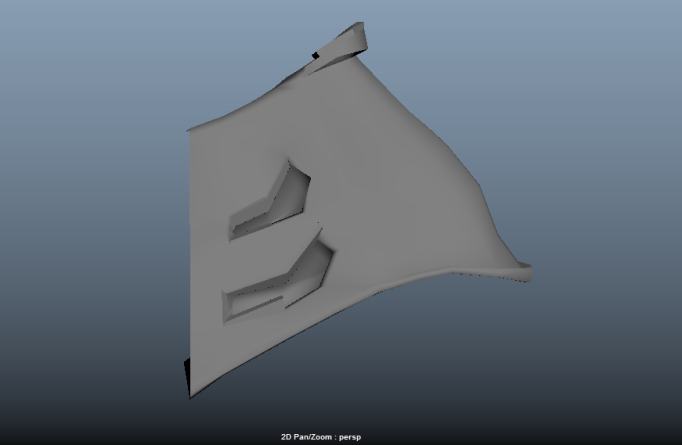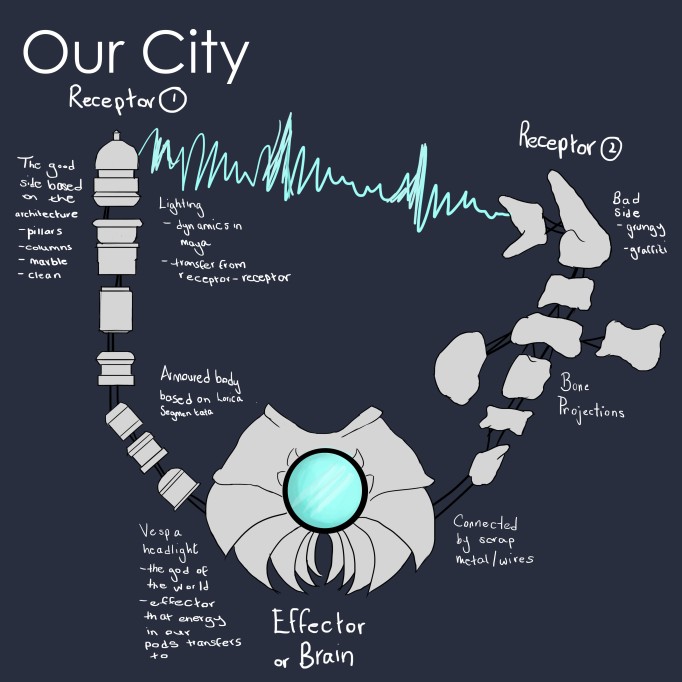This module has been a tricky one for me as it is there were times when I really struggled and times when I felt more comfortable with modelling.
For Floating City I was very unsure about modelling, especially with the more organic bone structure we created. Looking back, I probably should have looked at z-brush to create a more bone look to the world- to create one closer to our designs. We also were very rushed in this project, due to the intense New Narrative’s Vogler project running at the same time (worth the same amount of points). I found the research in this project very interesting and glad it was changed to Rome, rather than Belfast. It allowed for a bit more cultural understanding and a totally different outlook on which things would influence the world itself (the culture, architecture, religion etc). This project allowed for us to go a bit insane too, allowing for me to introduce some of my own science research into the creation of energy in the body and how this could be applied in our world itself. If I was to go back and redo this project I would familiarise myself with lighting a bit better as the final outcome was definitely not what was anticipated in how it was show to the audience.
The head model, for me, was very enjoyable and something I would definitely try again, with other people as references, to see how different face shapes effect the topology and the skin folds. It taught me a lot of simple modelling techniques and how in animation a lot of the topology is created with science in mind- in this case, following the facial muscles. I found it a lot to match my face with the correct topology that create the floating city, which is strange as one is a lot more complicated. I found the research for this model very interesting as well- looking into some of the face models with such high detail and good shape with very little topology or being low poly. I tried to follow this in my own face. Modelling the head also allowed me to have a bit more confidence in the modelling itself. Areas like the neck where my tutorials did not cover I found myself having to improvise and create my own model based on several topology flows I had found online.
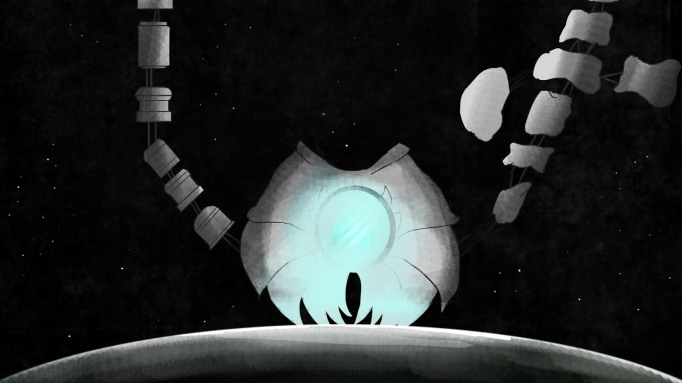
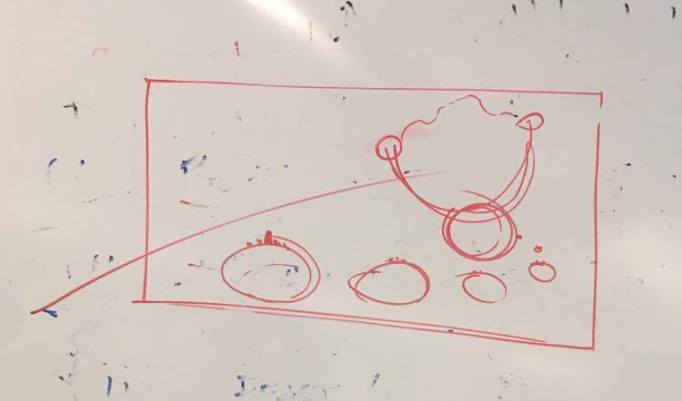
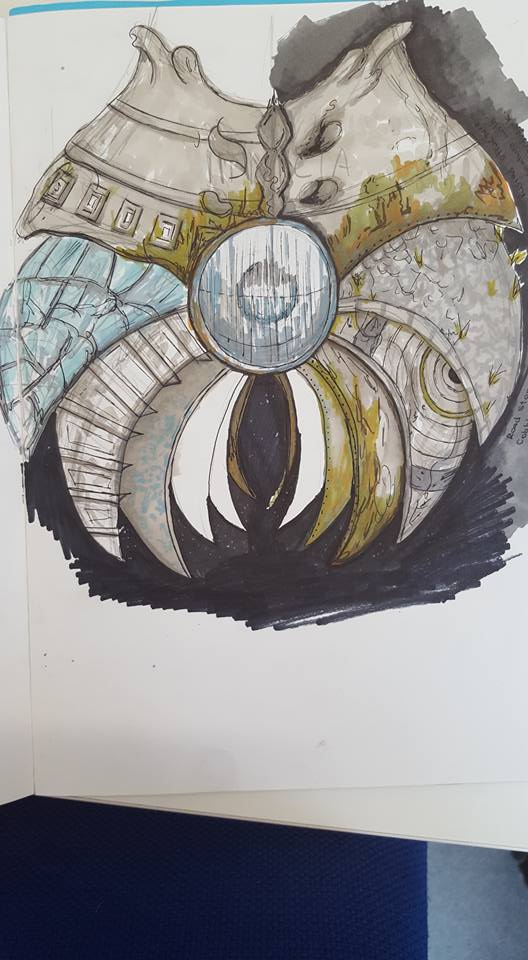
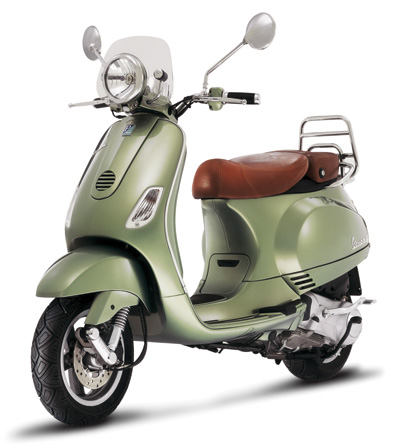
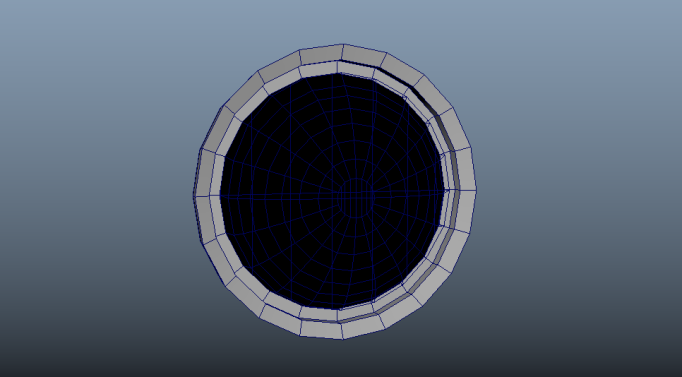 The first stage of the light showing the modelling geometry. I then selected the center that acted as the bulb, putting a transparent material on it.
The first stage of the light showing the modelling geometry. I then selected the center that acted as the bulb, putting a transparent material on it.
 The wire frame of our world. This was the second attempt and the successful one used in our world.
The wire frame of our world. This was the second attempt and the successful one used in our world.